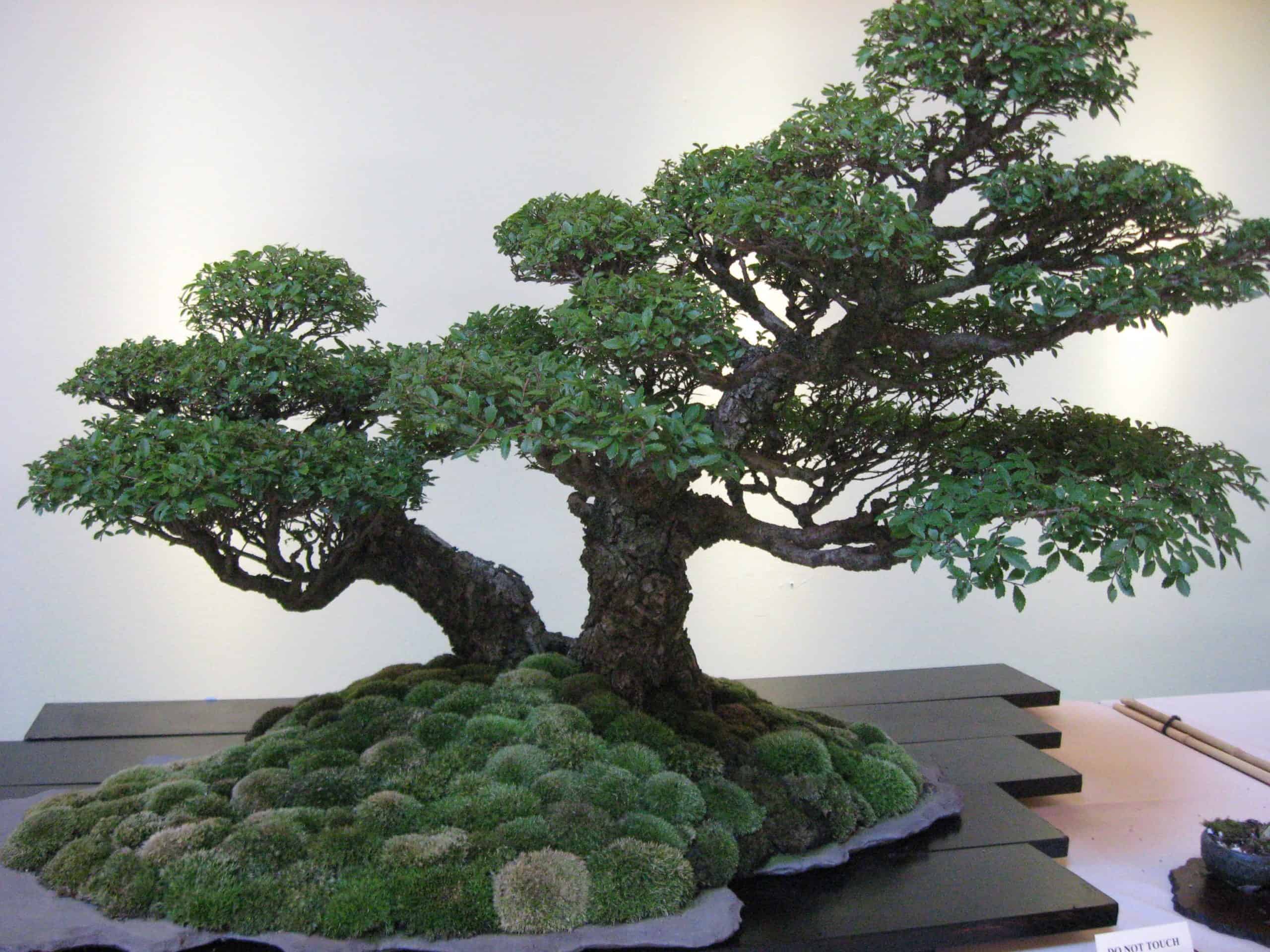Bonsai are a wonderful way to express your creativity, but also a challenge for those who have an eye for detail. It takes practice and patience to grow a bonsai. Trunks often remain small in bonsai because the new growth needs years to develop the necessary strength and thickness. However, there are ways to accelerate this process and make your bonsai thrive sooner rather than later. Read on to know more about how you can grow larger trunks on your bonsai trees
1) Overall Tree Health
A bonsai tree is a balancing act. You have the branches and foliage, trunk, and roots. If you grow the top and bottom very well, then the trunk will thicken as a result.
2) Proper Root Development
Air pruning pots. In a normal pot the roots tend to get root-bound and grow long, thick and wrap all around the pot.
In the net pot, the roots will grow through the mesh, the tips get air pruned. The roots divide and create smaller feeder roots. These feeder roots make the tree much more healthy. The tree will then be able to take in much more minerals and water. This in combination with dense foliage will help to thicken the trump.
2) Sacrificial Branch and Leaders
Sacrificial Branches and trunks are not included in the final design of your bonsai. They are allowed to grow in the early stages to increase the girth in the trunk. One drawback is that they can leave rather large scars in the final design. However, they can be well worth it, skipping years of trunk development. Scars can also add character and make the tree look older and more interesting.
3) Develop Radial Roots
Creating a better nebari in your bonsai will help to thicken up the trunk base. When you report, you trim the root structures so that every single root spreads outward. This will help them to clump up evenly.
Some people plant over a tile or stone. To do this you can bury a piece of slate or stone tile in the ground a few inches. Plant the tree over the tile so that the nebari roots won’t be able to grow downward. They will hit the tile and fan out. This is one of the most common ways of developing a good nebari, and in turn, thickening the base of the trunk.
4) Wind or Manual Bending
When trees grow in the wild, the wind constantly creates stress on the tree. This causes stress in the wooden load-bearing structure of the tree. This causes a reaction in the wood, changing the cellulose structure of the wood. This allows trees to contort towards the light to get better sun and nutrients.
Many people even brush seedlings. The movement helps to reinforce and grow stronger trunks. So you can exercise your tree and by doing this, it will stimulate being windblown and develop stress wood.
5) Scarring to Create a Callous
This is a great method to thicken the trunk if it’s thin in a certain area. The callous will show up but it will create structure and often create character and interest in the bonsai. Check out our pruning guide for some detailed instructions.
6) Wire Tournicant or Tap Root Binding
Another way to increase the trunk size of your bonsai is to wire tourniquet or tap root binding. This technique involves wrapping wire around the trunk of the tree and then tightening it over time. This will cause the trunk to grow thicker and stronger. If you’re interested in trying this technique, there are a few things you should keep in mind.
- First, make sure you use a strong wire that won’t break easily.
- Second, be careful not to damage the bark of the tree as you’re wrapping the wire.
- Finally, be patient – it can take several months for the trunk to grow to the desired size.
If you follow these tips, you should be able to successfully increase the trunk size of your bonsai.
7) Silica Supplements
You may not have heard of silica as a way to thicken a juniper bonsai before, but it’s actually a common practice among bonsai aficionados.
Silica will help by strengthening the cell walls and relieving stress in the trunk of your bonsai tree. You can use silica the same way in which you would use fertilizer. You can find it at any local gardening store. Juniper bark, for example, is high in silica.
8) Plant Your Bonsai in the Ground
One method is to plant the bonsai tree directly in the ground. Although this can be messy and somewhat crude, it is one of the best and easiest methods to do this.
It’s best to have a basin with holes cut into the bottom and edges or even a milk crate so that when you dig the tree up to pot it later, the roots will be better distributed and you won’t risk damaging them. The below video will walk you through it very nicely.

